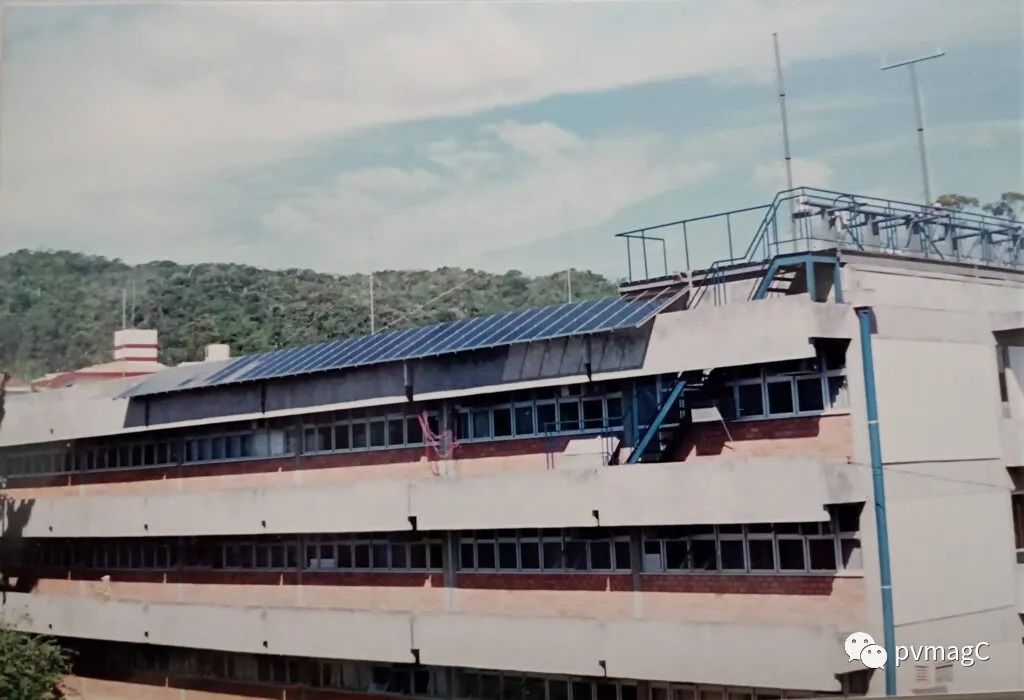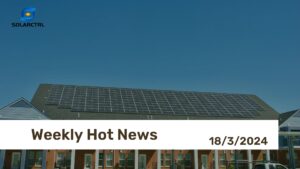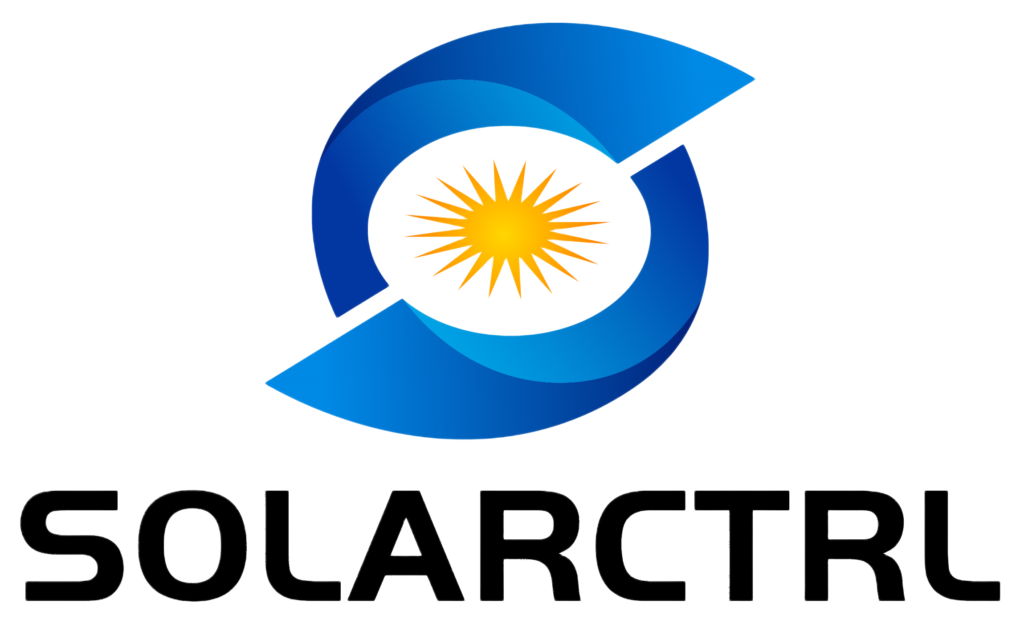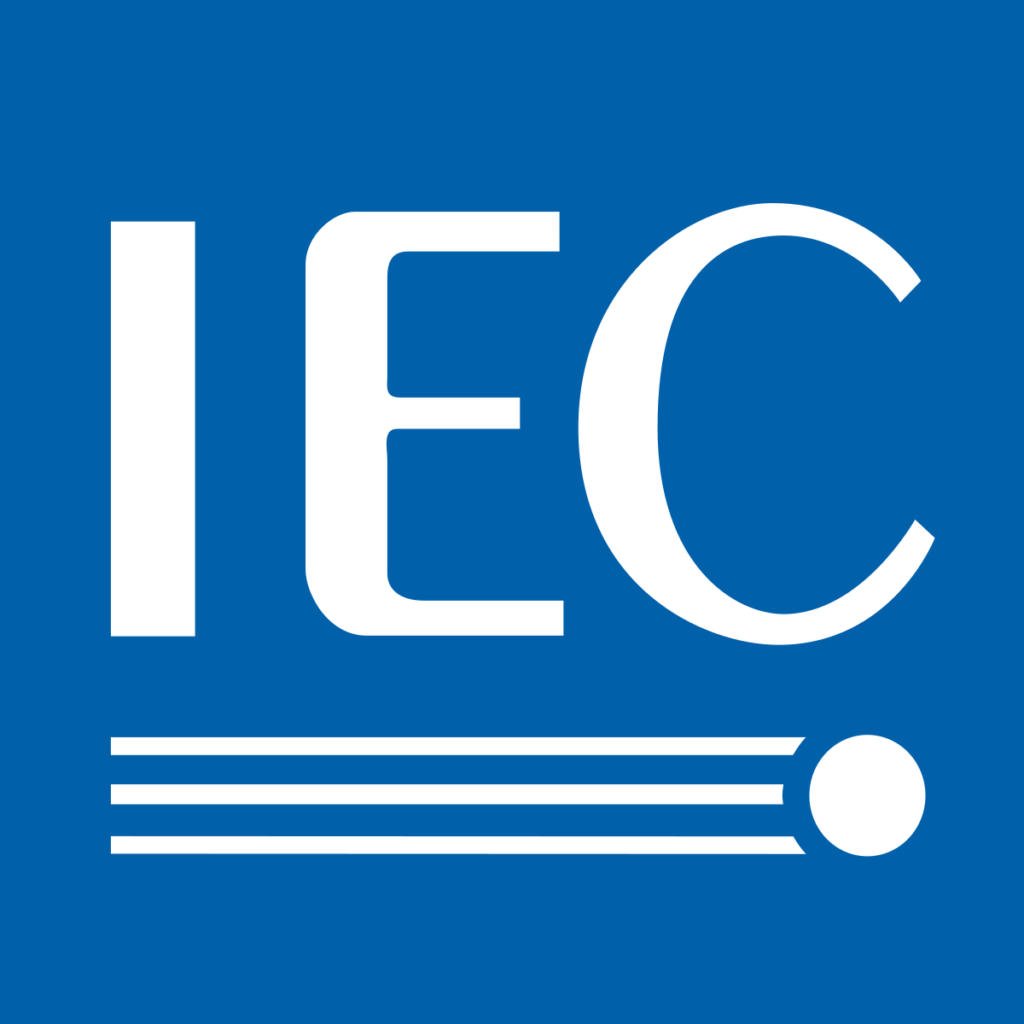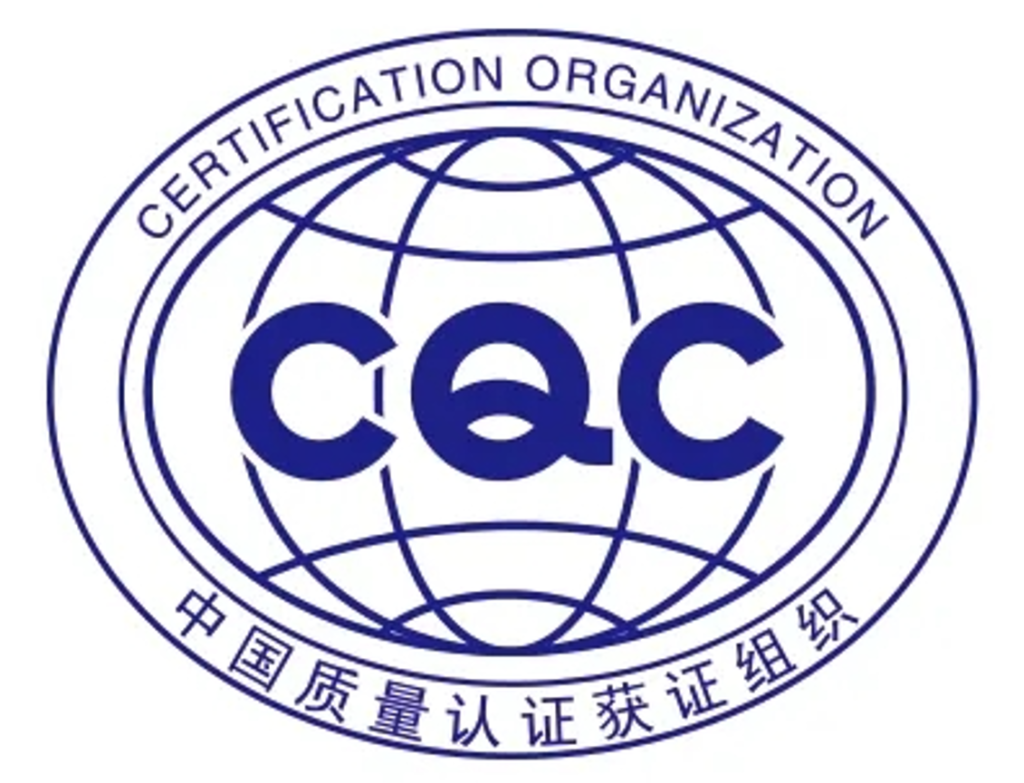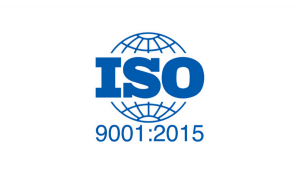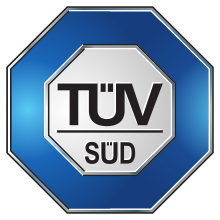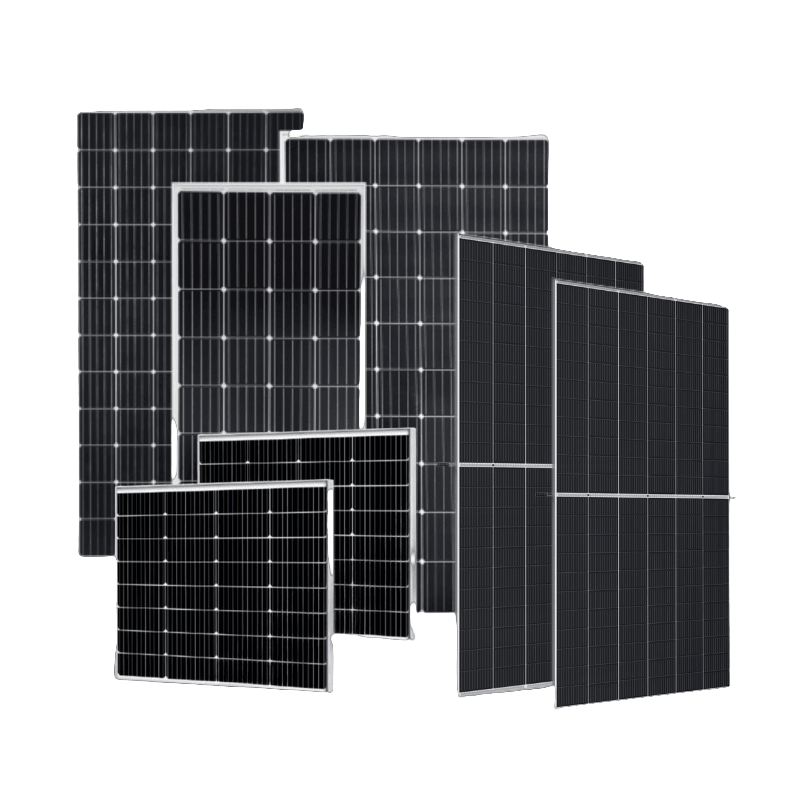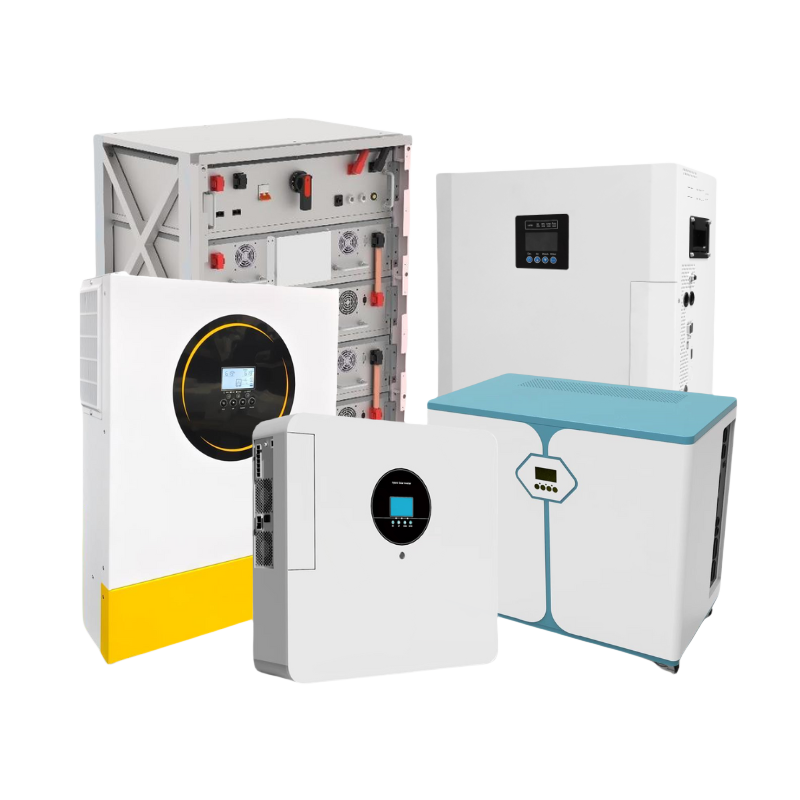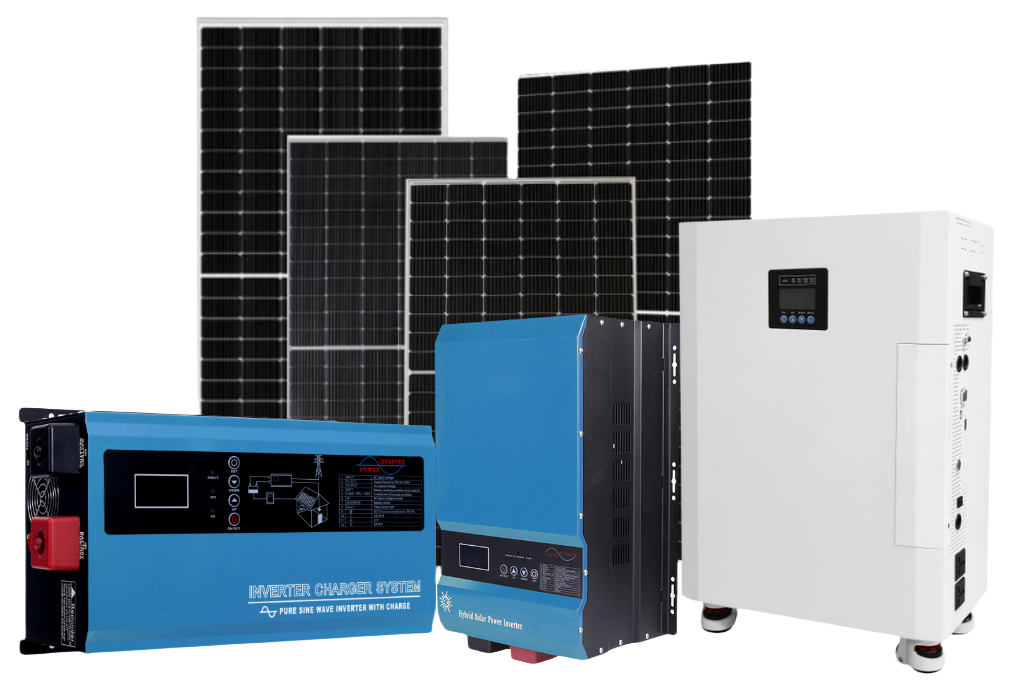If you are interested in the photovoltaic industry, you can follow the News section of our website. We will regularly collect global current affairs news in the industry and share it with you.
Hot 1: 26.1% Efficiency Perovskite Solar Cell Developed!
Recently, researchers Pan Xu and Tian Xingyou’s team from the Institute of Solid State Physics, Hefei Institutes of Physical Science, Chinese Academy of Sciences, and the Key Laboratory of Photovoltaic and Energy Materials, in collaboration with Professor Nam-Gyu Park from Sungkyunkwan University, South Korea, and Professor Dai Songyuan from North China Electric Power University, have made a breakthrough. They discovered that uneven distribution of cations is a major factor affecting the performance of perovskite solar cells. They successfully developed a “uniform” perovskite solar cell with a photoelectric conversion efficiency of 26.1%, with a certified efficiency of 25.8%. The findings were recently published online in the journal Nature.
“The efficiency improvement in perovskite solar cells is unprecedented,” Pan Xu explained. Crystalline silicon solar cells took nearly 80 years to improve their efficiency from the initial 3% to the current 26%, whereas perovskite solar cells have increased their efficiency from 3.8% to the current 26% in just over a decade.
“This research provides a clear direction for further enhancing the performance of efficient and stable perovskite solar cells and is of significant importance in promoting their commercialization,” co-corresponding author Pan Xu told China Science Daily.
An expert reviewer for Nature commented on the achievement, saying, “This work offers valuable insights into effectively suppressing ion segregation in the perovskite field, which will help advance the commercialization of perovskite solar cells.”
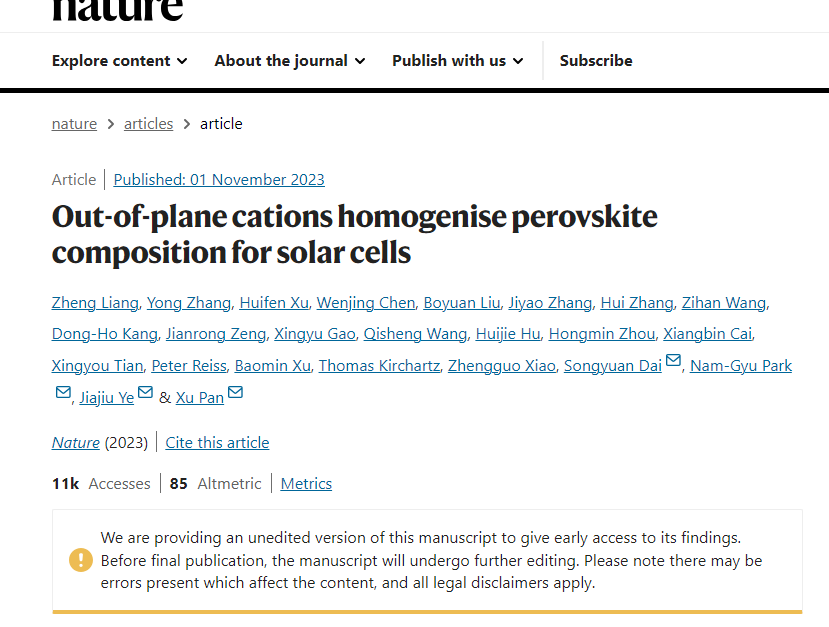
https://mp.weixin.qq.com/s/kX5qGmPpbMlk4NZsjCJDBQ
Hot 2: Pakistan Tenders 300MW Photovoltaic Project, World Bank Provides $300 Million Financing
On November 20th, the Pakistan Water and Power Development Authority (WAPDA) launched a groundbreaking project aimed at generating 300MW of cost-effective electricity through floating solar panels.
Approximately 21 foreign companies have shown interest in the project contract, sending delegations to inspect the Ghazi Barotha Dam and Barotha Jail sites. The project has secured $326 million in funding from the World Bank and is expected to be completed within 27 months.
It is noted that on April 22, 2021, during the Leaders’ Climate Summit initiated by the United States, Pakistan pledged to have 60% of its energy come from clean sources and 30% of its vehicles to be electric by 2030. To fulfill this commitment, in 2022, the Pakistani government approved the “National Photovoltaic Initiative,” planning to install 10GW of photovoltaic systems to reduce imports of diesel and fuel oil.
Data from the National Electric Power Regulatory Authority (NEPRA) of Pakistan shows that the country’s photovoltaic installed capacity has been gradually increasing. By 2019, Pakistan’s cumulative photovoltaic installed capacity had reached approximately 1.3GW. According to NEPRA’s “Installed Generation Capacity Expansion Plan (IGCEP 2047),” Pakistan’s photovoltaic installed capacity is expected to reach 12.8GW by 2030 and 26.9GW by 2047.
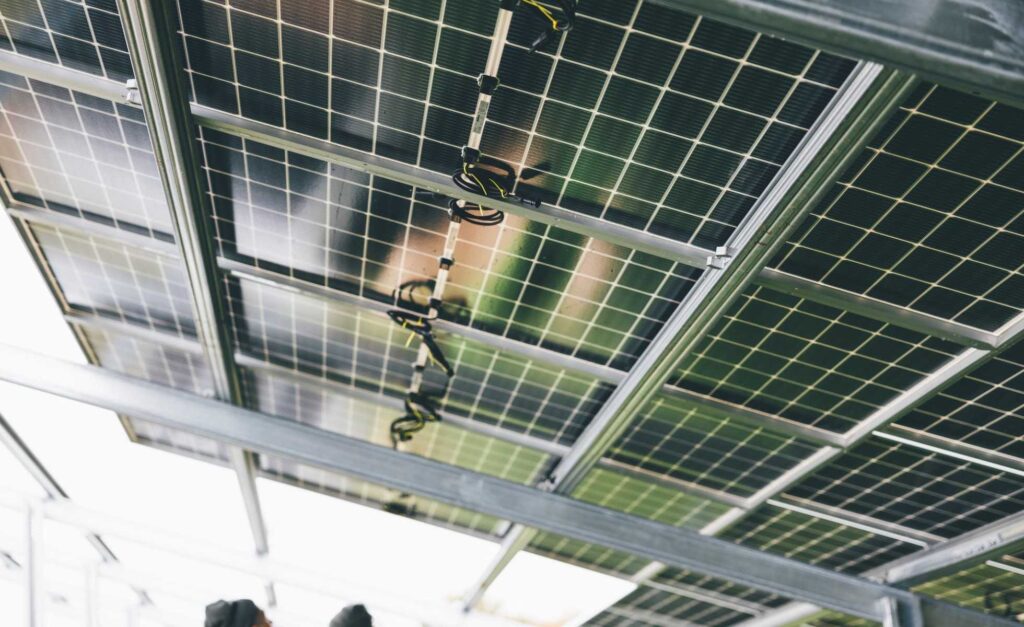
https://guangfu.bjx.com.cn/news/20231121/1344667.shtml
Hot 3: Zinc Tin Yellow Selenide Solar Cells Reach 12.01% Efficiency with New Selenization Method
Researchers led by the Chinese Academy of Sciences (CAS) have designed Zinc Tin Yellow Selenide (CZTSSe) solar cells using a new selenization method. This method is said to help directly and rapidly form the Zinc Tin Yellow Selenide phase, thereby improving the charge transport characteristics in the absorber films. As one of the most promising light-absorbing materials, Zinc Tin Yellow Selenide can be used in low-cost thin-film solar cells. The material contains common elements such as copper, tin, zinc, and selenium. Unlike Copper Indium Gallium Selenide (CIGS) compounds, this material is not expected to face supply bottlenecks in the future.
However, in large-scale production, the efficiency of Zinc Tin Yellow Selenide still falls short of CIGS. In 2013, Japanese thin-film solar module manufacturer Solar Frontier set a world record for this type of cell efficiency on large-area devices, at 12.6%.
The cell created by the research team includes an absorber layer based on Zinc Tin Yellow Selenide thin films (thus reducing bulk and interface defects), a Cadmium Sulfide (CdS) buffer layer, an Indium Tin Oxide (ITO) layer, and an anti-reflective coating (ARC) based on Magnesium Fluoride (MgF2). The device has an aperture area of 0.2627 square meters and a designated irradiance area of 1.066 square meters.
Under standard illumination conditions, researchers found that this type of cell achieved a peak power conversion efficiency of 13.6%. The National Photovoltaic Industry Metrology Testing Center (NPVM) in China has certified its efficiency at 13.44%.
Further testing on a large-area device of 1.09 square meters revealed that this solar cell technology achieved a certified efficiency of 12.1%.
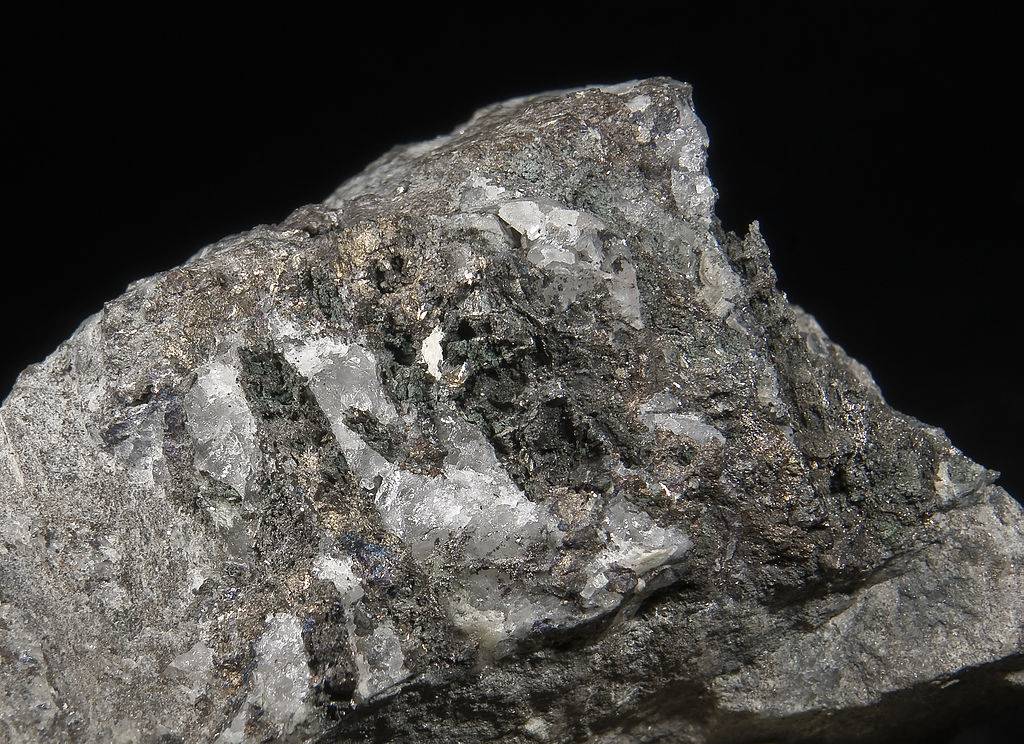
https://mp.weixin.qq.com/s/lIba-I9VxuhvljVTC4lXAg
Hot 4: Chile, One of the Countries with the Greatest Potential for Solar Energy Development!
Last year, Darío Morales, the Research Director of the Chilean Association of Renewable Energy and Storage, told PV Tech Premium that due to climatic conditions providing an almost ideal environment for solar power generation, solar power plants installed in northern Chile produce “30%-35%” more energy than a similar project in southern Spain.
The Chilean government has recently supported new small-scale projects through the Pequeños Medios de Generación Distribuido (PMGD) program, propelling the development of the Chilean solar industry. The PMGD program stipulates that projects with a generation capacity of up to 9MW can automatically connect to the grid without facing power restrictions and benefit from reduced transmission fees.
The PMGD program aims to encourage new small-scale projects, placing power generation close to the areas of energy consumption, and has helped steadily increase Chile’s solar capacity in recent years. As of July 2021, Chile’s cumulative installed capacity reached 3.7GW, and by July 2023, it had almost doubled to 7.3GW.
Therefore, the next step for the Chilean solar industry is to find ways to encourage a large-scale increase in installed capacity, which requires substantial investment. According to a report by the International Energy Agency, by 2030, the entire Latin American and Caribbean region will need to invest $150 billion in its renewable energy sector, and some companies have already begun to commit part of the funding.
Based on data from third-party analysis agencies, it’s estimated that the Americas will add approximately 64.6GW of new photovoltaic installations in 2023, a year-on-year increase of 65.2%. The demand for installations in this region is also highly concentrated, with the top three being the United States, Brazil, and Chile.
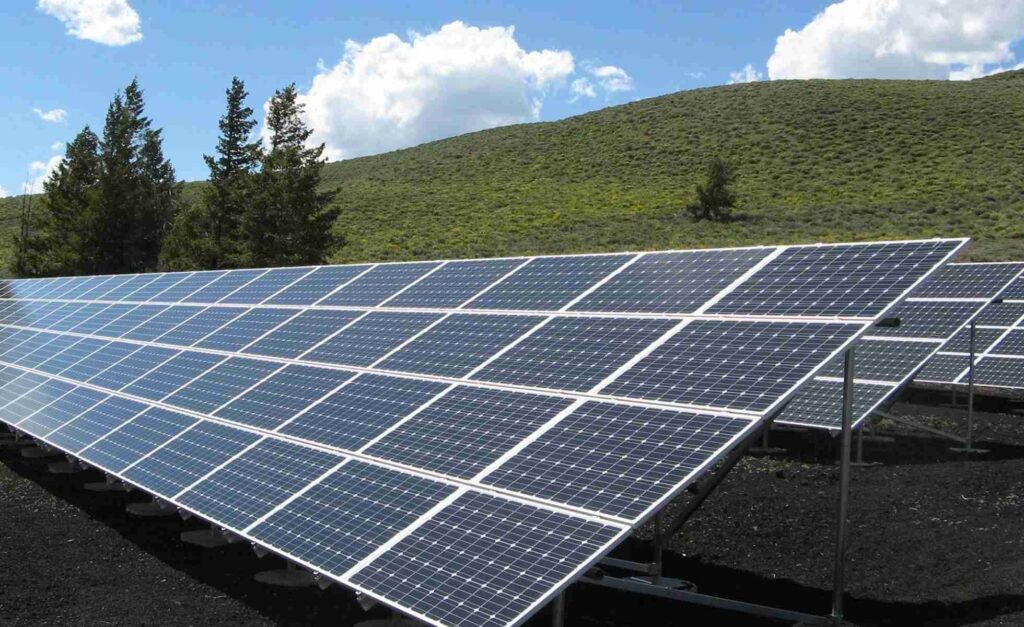
https://mp.weixin.qq.com/s/gq4hhbRAW-eg3XnHPeANmA
Hot 5: Brazil’s Oldest Photovoltaic System Has Been Operating for 26 Years
After completing his postdoctoral research in solar systems at the Fraunhofer Institute for Solar Energy Systems (Fraunhofer ISE) in Freiburg, Germany, Professor Ricardo Rüther installed Brazil’s first photovoltaic system in 1997 at the central campus of the Federal University of Santa Catarina (UFSC).
This 2 kW system was equipped with a 2 kW inverter from Würth Elektronik, a German company (later replaced with an inverter from SMA), and 78 photovoltaic modules. These modules, produced by Phototronics Solar Technik, each had an output power of 32 kW.
In an interview with Photovoltaic magazine, Rüther said, “Some of the institute’s scholarships were used as research funds, allowing graduate students to take photovoltaic equipment back to their own countries to continue their research.”
He brought a 2 kW generator to Brazil, which, as of September this year, has been operating continuously and uninterruptedly for 26 years.
